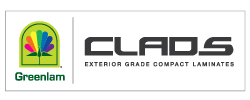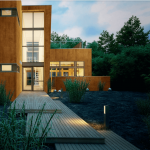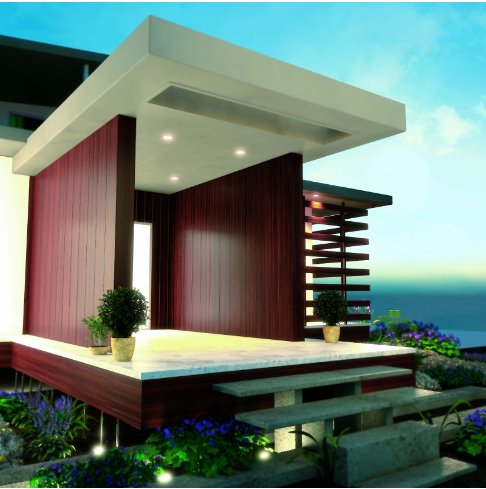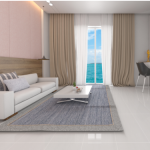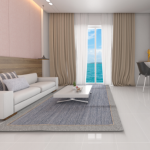Exterior wall cladding is a high-performance solution which protects buildings from harsh weather elements while improving the overall aesthetic appeal at the same time. What’s more, choosing the right type of cladding solution gives you several benefits such as thermal insulation, protection against structural deterioration, and improved interior acoustics and day lighting. Continuing on the subject, in this blog post, we discuss the pros and cons of 4 popular exterior cladding materials you should know about. Read on.
1. Stone Cladding
Stone is a natural element with high resilience towards extreme elements of weather. External wall cladding made of stone is ideal for surfaces such as pool areas, fireplaces, columns, and fountains. Stone acts as an excellent insulator, is resistant to fire, withstands abrasions and scratches, and is easy to maintain. That said, stone cladding comes with a very steep price tag and is difficult to install. Added to that is the negative impact it has on the environment. It can also get difficult to repair stone cladding when damaged and is also known to be susceptible to bacterial and fungal growth.
Related: 4 Benefits of Using HPL Cladding in Workplaces
2. Wood Cladding
Wood cladding has extreme impact resistance, high aesthetic appeal, low thermal conductivity, and high insulation properties. As a result, it reduces the energy consumption required to regulate temperature in the building, making it an economical choice. On the other hand, wood which is not FSC certified may have procured illegally from unsustainably supervised forests and has a high probability of containing and releasing toxic materials such as VOCs. Wood also suffers from poor dimensional stability, because of which it expands and contracts with changing seasons.
3. Brick Cladding
Bricks are one of the oldest and most popular materials used for exterior cladding. They are thermally efficient, durable, and can be easily recycled and reused. The downside of using bricks as exterior wall cladding materials is the negative impact they have on the environment. Bricks are baked in kilns, which require large amounts of energy. Cement industries which produce the cement used to bind bricks contribute around 5% to global carbon dioxide emissions.
Read Also: The Basics of Interior and Exterior Wall Cladding
4. HPL Cladding
Modern wall cladding materials such as high pressure laminates offer resistance to humidity, UV rays, extreme weather conditions and microbial threats. They are affordable and require minimal upkeep to maintain their functional and aesthetic properties. HPL cladding is also very versatile and can be used across both residential and commercial applications alike. The major drawback of HPL cladding is the VOC emissions. Exterior wall cladding from Greenlam Clads, however, do not emit any VOCs, giving you a truly high-performance, safe, aesthetically appealing, and value-for-money wall cladding solution.
Wrap Up
Exterior wall cladding materials such as stone, brick, wood, and HPL help you improve the overall structural integrity of your building and extend the overall lifespan. Greenlam Clads brings to you an extensive range of exterior and interior wall cladding solutions made from robust high pressure laminates with a host of benefits and an extensive warranty. If you wish to discuss your requirements or learn more about our interior and exterior wall cladding solutions, write to us at info@greenlamclads.com or call us at +91-11-4279-1399, and we will take it from there.
